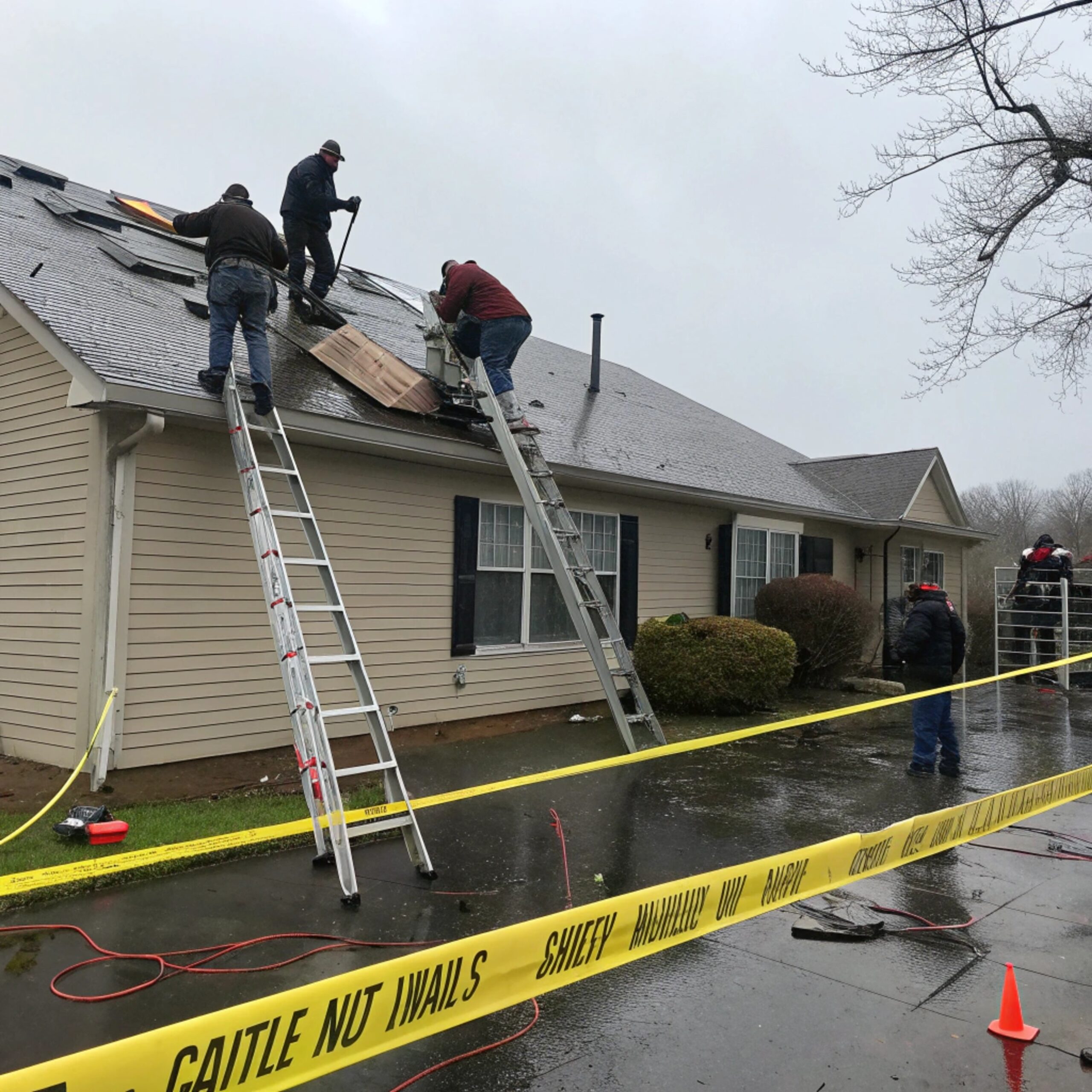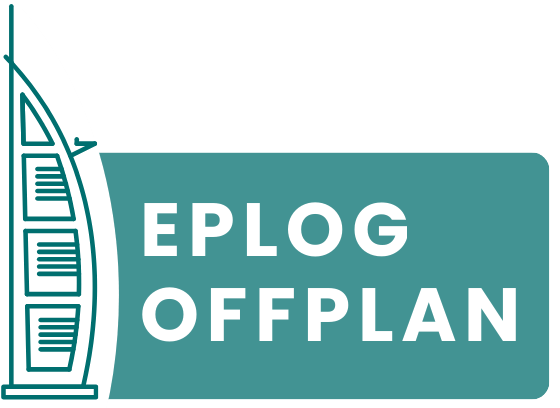
When you discover a roof leak at 2 AM, speed matters. Protect your belongings, drain ceiling bulges carefully, and use roofing tape, sealant, or tarps to prevent water damage. This comprehensive guide from HomeCareServices covers immediate solutions, warning signs, safety protocols, and professional consultation advice to help you avoid repair costs exceeding $15,000.
Take Immediate Action to Control Roof Leaks
The first half-hour after discovering a leaking roof determines whether you face minor inconvenience or major catastrophe. Water spreads rapidly through roofing systems, making swift action essential to protect your property and maintain structural integrity.
Begin by relocating furniture, electronics, and valuables away from the leak zone. Position multiple buckets or containers beneath dripping water and place towels around the base to prevent splashing. When water accumulates in your ceiling creating a visible bulge, carefully puncture the center with a screwdriver to establish controlled drainage. This prevents unexpected bursting and allows you to direct water flow safely. For more tips, check out roof repair now.
Spot Early Warning Signs of Roof Problems
Identifying roof issues early can save homeowners approximately $3,000 in water damage costs. Most leaks begin as minor problems that gradually worsen over months or years.
Examine ceilings for water stains appearing as brown or yellow discoloration with distinctive ring patterns around the edges. Conduct regular attic inspections checking for damp insulation, dark staining on beams, or musty odors indicating moisture accumulation. External signs include damaged shingles, loose flashing around chimneys and vents, and granule loss from asphalt shingles.
Emergency Temporary Repair Methods
Quick fixes provide time to arrange professional assistance while preventing additional water damage. These solutions address minor leaks but should never substitute for proper roofing repairs.
Effective Roofing Tape Application
Roofing tape creates waterproof sealing over small cracks and holes in shingles or tiles. Thoroughly clean the damaged area, removing all debris, dirt, and loose materials before application. The surface must be completely dry for optimal adhesion.
Apply tape with firm pressure, extending coverage at least 3 inches beyond the damaged perimeter on all sides. Use butyl rubber or aluminum-backed tape specifically designed for roofing applications for maximum effectiveness. This temporary solution typically provides 1 to 3 months of protection depending on weather exposure.
Strategic Roof Sealant Application
Roof sealant forms a flexible, waterproof barrier that expands and contracts with temperature fluctuations. Silicone-based sealants excel at sealing small gaps around roof flashing due to their flexibility and durability. Roofing cement works optimally for filling larger cracks or holes in shingles, providing robust protection against various weather conditions.
Application Process:
- Clean the leak area thoroughly and allow complete drying
- Apply sealant generously, shaping into a smooth dome to direct water away
- Use a putty knife to feather edges for better water flow
- Quality roof sealant properly applied can last 5-10 years
Proper Tarp Installation
Heavy-duty waterproof tarps provide excellent coverage for extensive roof damage or when leak location proves difficult to pinpoint. Select strong, durable plastic tarping extending at least 4 feet beyond the damaged area on all sides to prevent further water intrusion.
Secure Installation Steps:
- Use 2×4 lumber strips and roofing nails to anchor the tarp, creating a sandwich effect preventing wind uplift
- Avoid using nails alone as they create additional leak points
- Position tarps to direct water flow toward gutters
- Ensure no standing water pools on the tarp surface
Essential Preventive Roof Maintenance
Regular roof maintenance costs significantly less than emergency leak repairs. Investing in routine upkeep substantially extends roof lifespan. Roofing professionals recommend biannual inspections during spring and fall to identify and address issues before they become expensive problems.
Maintenance Checklist:
- Clean gutters and downspouts regularly
- Remove debris from roof valleys preventing water accumulation
- Inspect pipe boots and vent seals for cracks or damage
- Trim overhanging tree branches preventing storm damage
- Consider maintenance packages from local roofing companies
The National Roofing Contractors Association recommends twice-yearly roof inspections to catch minor damage before escalation.
Common DIY Repair Mistakes to Avoid
Well-intentioned homeowners often worsen roof leaks through improper repair attempts without adequate tools or knowledge. Understanding these pitfalls helps determine whether to attempt self-repair or contact roofing professionals.
Misidentifying Leak Sources
Water travels along roof structures before entering your home interior, meaning visible drips rarely occur directly beneath roof damage. Water can move horizontally 10 to 20 feet along rafters, joists, or roof sheathing, following the easiest path downward.
Always trace leaks to their origin by examining your attic during rainfall. Look for wet spots, water trails, or dampness on wooden structural components. Homeowners frequently waste time and money sealing incorrect locations, addressing where water appears rather than where it enters.
Using Inappropriate Materials
Generic caulks and household adhesives fail under extreme weather conditions and cannot accommodate roof movement over time. Roofing materials must withstand temperatures from -20°F to 160°F while maintaining flexibility.
Proper Material Selection:
- Use roofing-specific products exclusively
- Apply roofing cement for shingle repairs
- Use butyl rubber tape for temporary sealing
- Select flashing materials matching existing roofing systems
Mixing incompatible materials can trigger chemical reactions accelerating deterioration and potentially voiding manufacturer warranties.
Ignoring Safety Protocols
Roofing work represents the most dangerous construction activity, causing more worker fatalities than any other task. Homeowner accidents present serious risks, with wet roofs, steep slopes, and electrical hazards creating potentially deadly conditions for inexperienced individuals.
Essential Safety Guidelines:
- Never attempt repairs during rain, snow, or high winds
- Use proper safety equipment including non-slip shoes, safety harnesses, and stable ladders
- Work with a partner capable of calling for emergency assistance
- Remember many insurance policies exclude DIY roofing injury coverage
When Professional Assistance Becomes Necessary
Certain roof leaks require immediate professional roofing contractor intervention. Complex roofing systems, hidden structural damage, and insurance claim requirements often demand expert knowledge for proper resolution. Attempting to address these issues without appropriate expertise can result in costly mistakes easily avoided through professional consultation.
Contact professionals immediately for leaks involving metal flashing, chimneys, step flashing near dormers or skylights, flat roofs requiring specialized knowledge, or any leak showing structural damage, rotted decking, or compromised joints.
Long-Term Solutions for Recurring Leaks
Persistent roof leaks indicate underlying issues temporary fixes cannot resolve. Addressing root causes prevents ongoing water damage while reducing long-term repair expenses.
Common Causes of Persistent Leaks:
- Installation errors
- Inadequate ventilation systems
- Roofing materials exceeding useful life
Professional diagnosis identifies needs for targeted repairs, roof restoration, or complete replacement. Reputable roofing companies provide detailed assessments, craftsmanship warranties, and protect your long-term investment.
Consequences of Delaying Leak Repairs
Postponing roof leak repairs creates cascading problems rapidly increasing repair costs. Understanding these consequences helps homeowners appropriately prioritize repair scheduling.
Structural Damage Risks
Water infiltration weakens structural components over time. Wooden rafters, wall studs, and floor joists absorb moisture and begin rotting within months of exposure. Metal fasteners corrode, compromising connections throughout roof structures.
Severe structural damage requires major repairs costing $15,000 to $50,000, while early leak repair typically costs $500 to $2,000. Insurance companies frequently deny claims for gradual damage homeowners could have prevented through timely maintenance.
Mold Development Concerns
Mold spores flourish in damp conditions created by roof leaks, beginning growth within 24 to 48 hours after water exposure. Toxic molds, particularly black mold, pose health risks especially affecting children and individuals with respiratory conditions.
Professional mold remediation requires specialized equipment and techniques, typically costing $3,000 to $10,000 depending on contamination severity. Sometimes temporary relocation becomes necessary during remediation, adding hotel and storage expenses to total repair costs.
Interior Property Damage
Water damage destroys insulation, drywall, flooring, and personal belongings. Ceiling repairs, repainting, carpet replacement, and furniture replacement can add thousands to repair bills beyond roof repair costs.
Water-damaged electronics rarely qualify for repair requiring complete replacement. Family photographs, documents, and irreplaceable items can suffer permanent damage no amount of money can restore.
Finding Local Emergency Roof Repair Services
If you’re experiencing roof leaks, contact certified local roofers familiar with regional weather patterns and material requirements. Search “emergency roof leak repair near me” to locate 24/7 professional assistance.
Frequently Asked Questions
What represents the best approach to roof leak repair?
Effective roof leak repair begins with accurately locating the source, then using appropriate roofing materials. For minor leaks, apply roofing cement, silicone sealant, or patch tape to seal damaged areas. Contact professionals for complex leaks or problems near flashing, chimneys, or valleys to ensure lasting weather protection.
What solution works best for roof leakage?
The optimal roof leakage solution depends on damage severity. Temporary measures like roof sealant or waterproof tarps can provide short-term leak control. Long-term solutions require professional inspection determining whether targeted repairs, roof restoration, or complete replacement best addresses failing roofing materials.
Can Flex Seal effectively stop roof leaks?
Flex Seal can temporarily halt minor roof leaks by creating waterproof barriers. However, it’s not a permanent solution and may crack or peel under extreme weather exposure. Clean and dry areas thoroughly before application, then plan professional repairs for lasting protection.
How can roof leaks be fixed without complete replacement?
Roof leaks can often be repaired without full replacement by sealing damaged areas with roofing cement, patch tape, or silicone sealant. Locate water entry points typically around shingles, vents, or flashing, then seal using appropriate materials. Extensive damage may require partial roof repair or re-shingling rather than complete replacement.
What tools and materials are needed for roof leak repair?
Essential roof leak repair supplies include roofing cement, sealant, patch tape (butyl rubber), putty knife, roofing nails, hammer, tarp, safety equipment (non-slip shoes, gloves, harness), and sturdy ladder. Larger or steep-slope roofs strongly recommend professional tools and expertise.


